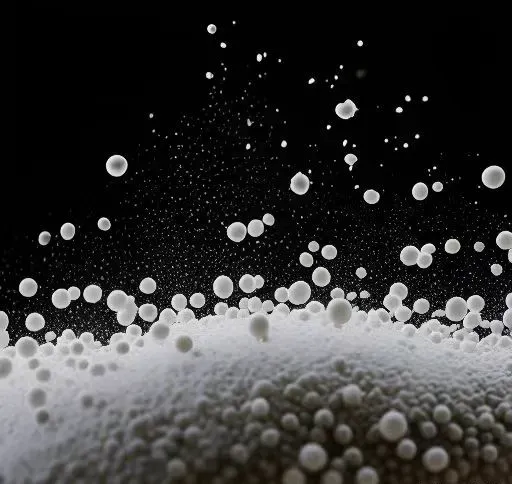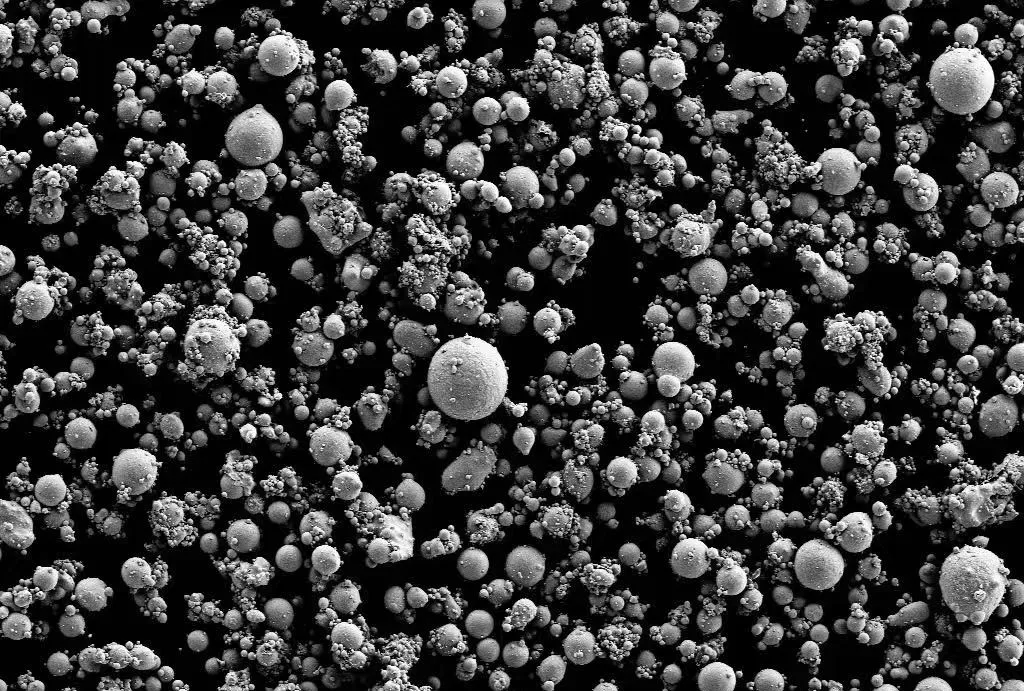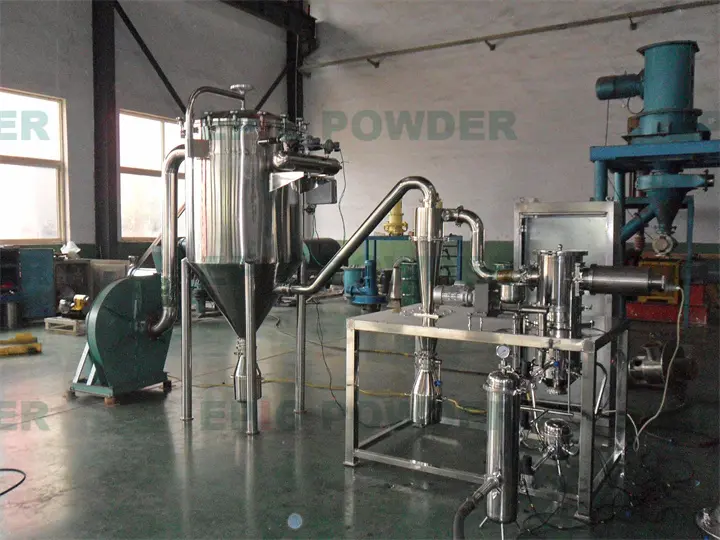The effect of powders of different particle sizes on compressibility is mainly reflected in the following aspects:

1. Particle Arrangement and Pore Filling
Powders with smaller particle sizes have a larger specific surface area and more contact points between particles. They are more likely to fill pores through rearrangement at the beginning of compression, thereby increasing the initial density. For example, ultrafine powders (such as carbonated hydroxyapatite cement with a particle size finer than 400 mesh) can quickly form a dense stack due to their fine particles, which shortens curing time and increases compressive strength. In contrast, powders with larger particle sizes (such as coarse-grained gangue) may have larger gaps between particles during the compression process. This process results in increased compressibility as particle size increases, especially under high pressure.

2. Plastic Deformation and Compressive Strength
Powders with smaller particle sizes (such as nano-sized iron powder or ultrafine Monel powder) are more likely to undergo plastic deformation under high pressure, which increases the bonding area between particles and thereby enhances the final compressive strength. For example, in porous Monel alloy materials, the yield strength of particles smaller than 75 μm is significantly higher than that of coarser particles during compression. Conversely, large-particle powders (such as coral sand) may exhibit higher overall deformation capacity. This happens due to the strong interlocking and self-locking effects between particles, but their compressive strength is relatively lower.
3. Staged Characteristics of Compression Behavior
Small-particle powders: The compression process is mainly characterized by particle crushing and plastic deformation. The compression curve shows a steep upward trend, and the compression modulus is high (e.g., the compressive strength of ultrafine CHC cement can reach 51 MPa). • Large-particle powders: Initial compression is dominated by particle displacement and pore filling, which gradually transitions to elastic or brittle deformation in the later stage. Although the compression modulus is lower, the compressive strain is larger (e.g., Monel alloy with a particle size of 98–125 μm shows significantly higher compressive strain than finer particles).
4. Influence of Particle Size Distribution and Grading
A well-matched combination of powders with different particle sizes (e.g., adding fine particles to coarse ones) can reduce porosity and improve compressibility through optimized grading. For example, adding fine particles to iron powder improves bulk density. Similarly, when the fine particle content in gangue filling material reaches 15%, porosity and the consolidation coefficient are significantly reduced, while the compression modulus is improved.
5. Differences in Application Scenarios
Pharmaceutical tableting: Small-particle powders (e.g., fine-particle starch) tend to have poor fluidity but good formability. It is therefore necessary to balance density and tablet strength by adjusting compression pressure. Large-particle powders (e.g., coarse aggregates) provide compressive support in concrete through a skeletal structure. Fine particles improve density by filling voids.
Conclusion
In general, small-particle powders are more effective in improving compressive strength and density but may increase compression resistance. Large-particle powders can achieve higher compressive strain through structural rearrangement under certain conditions (such as optimized grading). In practical applications, it is important to select an appropriate particle size range based on material properties (e.g., plasticity, brittleness) and process requirements (e.g., pressure range).
About Epic Powder Machinery

At Epic Powder Machinery, we specialize in delivering high-performance jet mills that optimize powder processing for a wide range of industries. Our products are designed to enhance material quality, increase productivity, and provide reliable, efficient solutions for your powder handling needs. Whether you are dealing with small or large-particle powders, our jet mills are engineered to meet your unique requirements.
If you’re looking to improve your powder processing capabilities and achieve the best results in compressibility and particle size distribution, don’t hesitate to contact us. Let Epic Powder Machinery be your trusted partner in innovation and quality. Reach out today for expert advice and customized solutions!